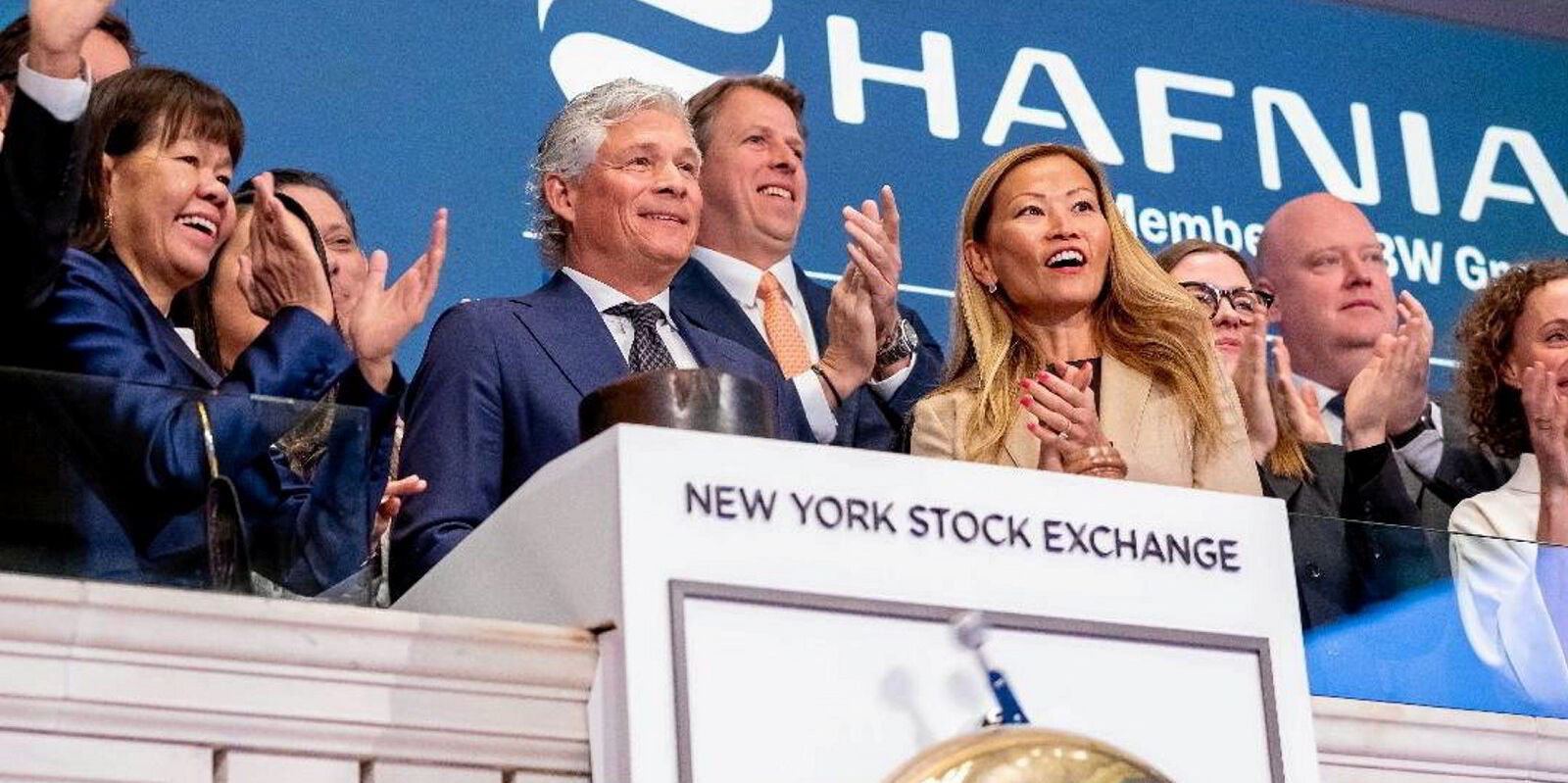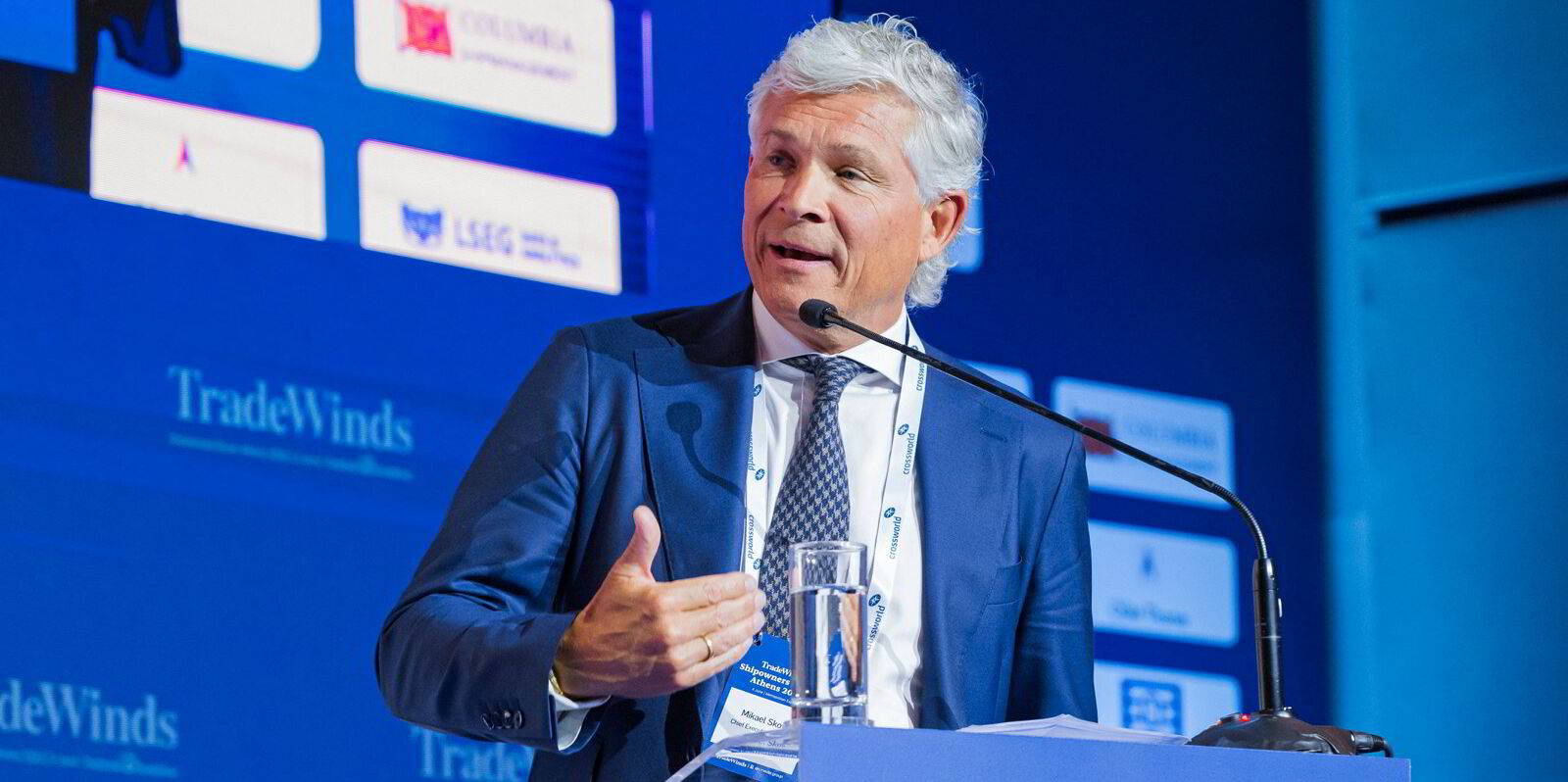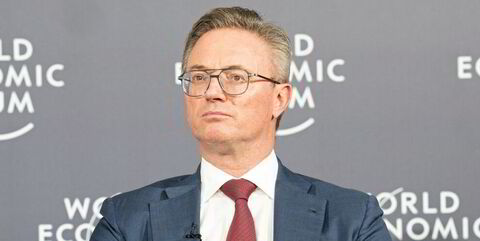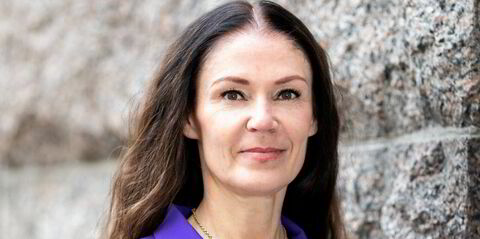Hafnia’s Mikael Skov said the company has a “constructive” outlook for the tanker operator’s outperforming LR2 fleet, as crude vessels reduce their incursions into the refined products market.
The chief executive’s comments came after Jefferies analyst Omar Nokta noted that the time-charter equivalent earnings of the company’s fleet of aframax-size product tankers outperformed its peers in the second quarter.
The New York and Oslo-listed company reported earnings of more than $60,100 per day per LR2 in the period.
“We have relatively few ships compared to some of our peers, but the good result is really down to good positioning of the ships,” Skov said of the LR2 sector performance.
He said the company has its LR2s equally balanced between Eastern and Western markets. BW Group-backed Hafnia operates 13 LR2s, of which 10 are owned, in its fleet of 194 ships.
The company’s LR2 outperformance came despite larger crude tankers moving into their space.
VLCCs and suezmax crude tankers have been cleaning up their tanks to pick up oil product cargoes, taking advantage of the higher rates in the clean sector, which is bolstered by these ships’ larger size.
“What we saw in Q2 [the second quarter] was that LR2 freight from the Middle East to Europe ran all the way up to $8m a ship, he said.
“And with that type of freight, it became more beneficial for some of our customers to take the risk, clean up suezmaxes and VLCCs, and simply get the benefit of scale on these bigger ships on the diesel that they’ve been transporting.”
Switching between clean and dirty markets is normal for LR2 tankers, which have coated tanks designed for refined products, but it is somewhat rarer for crude carriers.
In the past, it has typically only involved newbuildings picking up clean products on their first voyage.
But the Hafnia chief executive described the trend as a one-off. He noted that the seasonal rise in freight rates that is expected in the crude tanker market should keep those vessels from veering from their dirty cargo lane.
“Now we see less of that cannibalisation than we saw just a month ago, simply because rates have aligned themselves a bit,” he said.
In the third quarter, which is currently underway, Hafnia said its LR2s have locked in rates of $46,600 per day, with 68% of the three-month period covered.
“We are in the lowered season of the year, and yet we’re still producing good earnings despite all that volume having been taken out of our markets,” Skov said.





